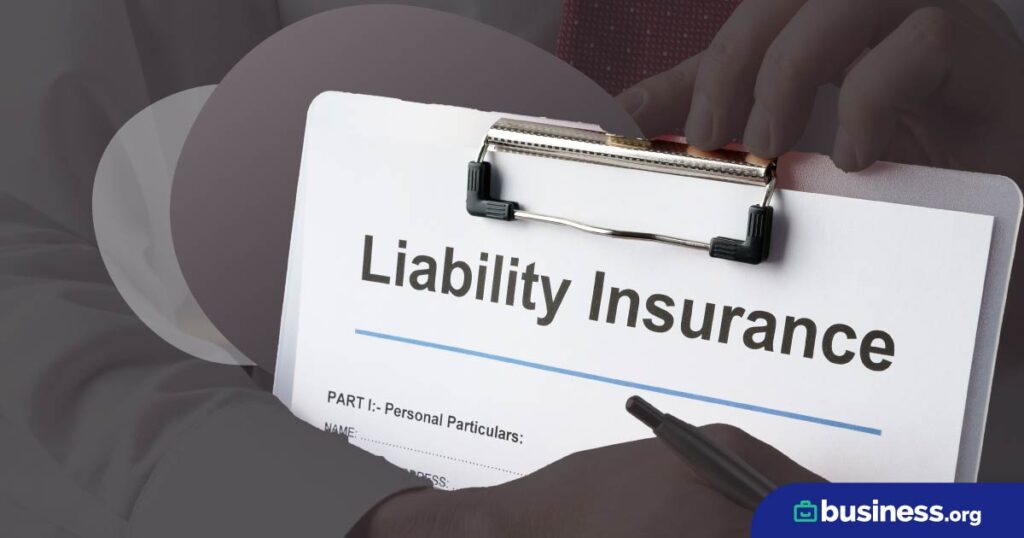We are committed to sharing unbiased reviews. Some of the links on our site are from our partners who compensate us. Read our editorial guidelines and advertising disclosure.
Small Businesses Reveal 5 In-Demand Employee Benefits Besides Health Insurance
The COVID-19 pandemic overhauled the power balance between staff and employers. Among many employee-centric gains, flexibility is more widely available thanks to the rise in work-from-home (WFH) arrangements. In fact, our recent survey revealed 76% of respondents work remotely at least part of the time.
But other than liberation from the cubicle, what do staffers crave? To find out, we asked 136 business owners and executives for their insights on the most sought-after employee benefits.
Here are the most prominent perks we heard.
By signing up I agree to the Terms of Use and Privacy Policy.
Flexible work schedules
Many small businesses rely heavily on shift work, so flexible work hours aren’t always feasible. But if you can pull it off, business owners and employees alike tell Business.org that this freedom is a prized employee benefit.

While some small businesses might serve up a menu of possible work hours for employees to choose from, others opt for goal-oriented environments. This means staffers are free to work mostly on their own schedule, so long as solid productivity deadlines are met and meetings are attended.

Health and wellness programs
Health insurance is typically part and parcel of a full-time job in the United States. However, many employers go beyond the basics and offer non-insurance wellness perks. These benefits can include free gym memberships, instructor-led exercise and yoga classes, and subsidized home fitness equipment, among other extras.

Paid volunteering and charitable perks
The concept of Americans allocating portions of their paychecks for charity traces back to the 1870s.1 And while not everyone chips in cold, hard cash, employees still yearn to contribute to meaningful pursuits. According to an April 2021 report from corporate consulting firm McKinsey and Company, 70% of full-time employees report their “sense of purpose is largely defined by work.”2
With this quest for powerful meaning in mind, many businesses formally encourage charitable giving through various means. For example, some workplaces boast paid time off to volunteer for local causes. Other employers match monetary donations to increase the overall amount contributed.
Even if your budget is tiny, remember: it’s the thought that counts. Allowing staffers to volunteer while on the clock can boost morale in ways sums of cash can’t replicate. As a result, this goodwill can reduce turnover and slash hiring expenses long term.

With unlimited payroll runs and automatic tax filing, Gusto helps small-business owners worry less about payroll and put more time into growing their business.
- Get automatic payroll tax filing, including end-of-year tax forms
- Manage workers compensation insurance
- Track paid time off, sick leave, and holiday pay
401(k) retirement plans
We get it: small business retirement plans don’t sound too sexy. But what is undeniably alluring is how affordable and easy to implement these perks are, even for tiny budgets.
Many small business payroll services, such as Gusto and QuickBooks Payroll, offer 401(k) retirement plans with no setup fees or minimum employee mandates. And if you’re eager to kick it up a notch like a TV chef throwing down spices, then consider small business-tailored IRA and profit-sharing plans so staffers can savor an array of options.

Student loan repayment
Student loan debt continues to rise, with an average of around $30,000 per college graduate, according to a September 2021 report from U.S. News. This is an approximate 20% increase from the $24,937 average sum per graduate in 2010.3
And while some forgiveness programs exist, most people don’t qualify for such assistance. For example, the US federal government's Public Service Loan Forgiveness (PSLF) program requires government or nonprofit employment, along with 10 years worth of completed loan payments.4 This hardly puts a dent in the broader issue of college affordability.
As a result, employees want to break free from this debt burden. And since staffers are likely using their college knowledge as part of their employment, it’s worth considering paying off some (or all) of their loans. Of course, this can involve longevity or performance-based conditions to ensure it’s a worthy investment for small businesses.

Want to offer retirement plans to your employees?
Related reading:
Disclaimer
At Business.org, our research is meant to offer general product and service recommendations. We don't guarantee that our suggestions will work best for each individual or business, so consider your unique needs when choosing products and services.
Sources:
- Soskis, Benjamin. "The Past, Present, and Future of Workplace Giving in the United States." July 2019. Accessed October 11, 2021.
- McKinsey and Company. “Help your employees find purpose — or watch them leave.” April 2021. Accessed October 11, 2021.
- U.S. News. "See 10 Years of Average Total Student Loan Debt." September 14, 2021. Accessed October 11, 2021.
- U.S. Department of Education. “Public Service Loan Forgiveness.” Accessed October 11, 2021.






